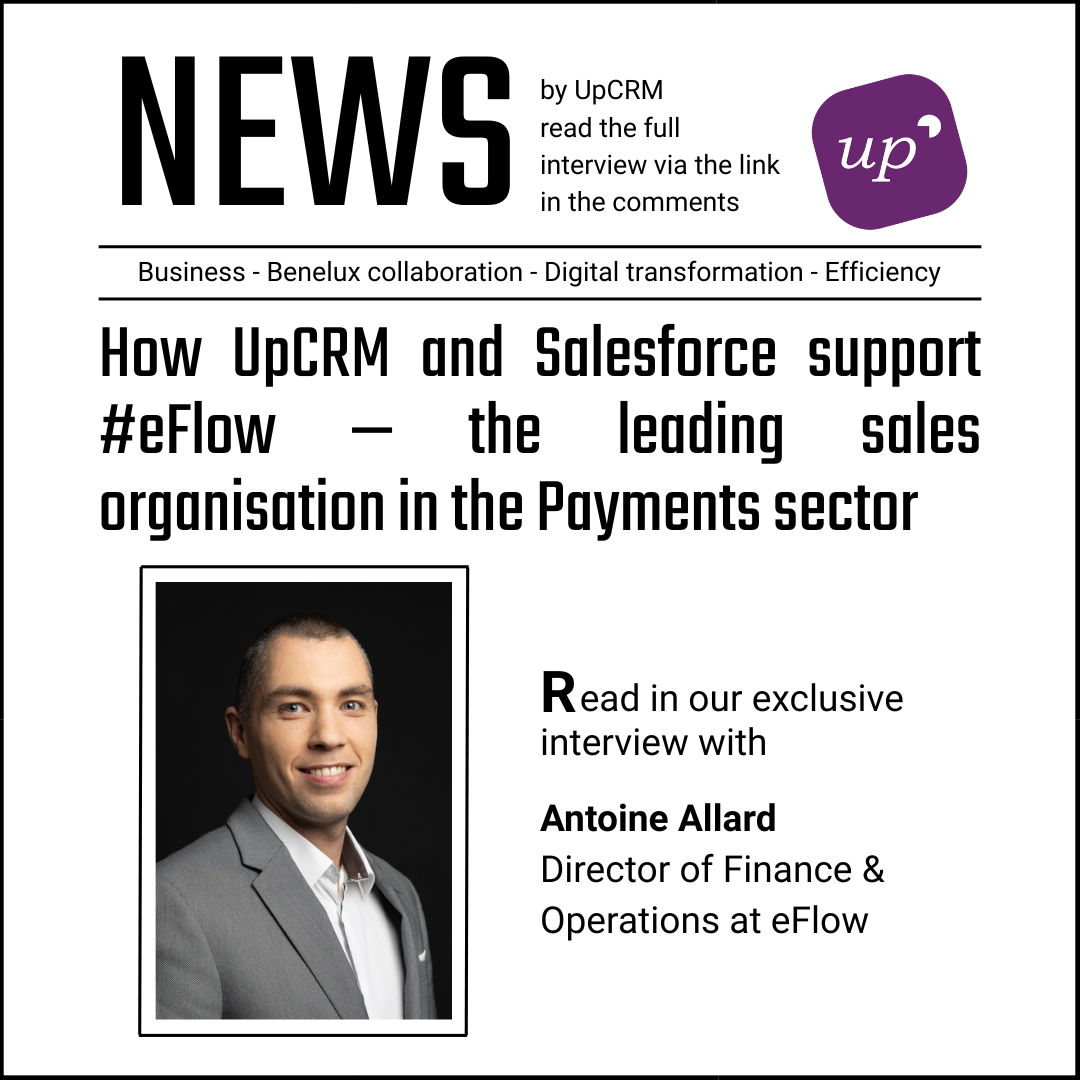 Building Scalable Lightning Web Components: Reusable, Consistent, Future-Proof
Building Scalable Lightning Web Components: Reusable, Consistent, Future-Proof
At UpCRM, we believe powerful Salesforce solutions start with small, thoughtful building blocks. And nowhere is this more true than with Lightning Web Components (LWC).
Thomas Kunca, Salesforce Developer at UpCRM, puts it simply:
“After 4 years as a Salesforce developer, one lesson has become very clear to me: 👉 It’s not just about what a component does — it’s about how well it fits into the bigger picture, and how easily it can evolve over time.”
With LWC, we have the tools to build modern, high-performing interfaces. But that power comes with a responsibility: reusability and visual consistency aren’t optional; they are the path to future-proof, scalable systems that keep delivering value to your teams.
Here is how Thomas and the UpCRM team approach building LWCs that stand the test of time.
Reusability isn’t optional — it’s strategic
When we build a component, we aren’t just solving today’s problem. We are building something that can serve multiple teams and features across your Salesforce environment.
Thomas shares:
“Every time I create a component, I ask myself: Can this be reused somewhere else? Is it configurable enough through @api? If the answer is no, it’s a red flag.”
Reusable components lead to:
-
Less duplicated code
-
Lower maintenance effort
-
Fewer bugs
Most importantly, reusable LWCs become valuable technical assets for your team, enabling faster delivery and cleaner architecture as your org grows.
Visual consistency matters more than you think
A component that works but looks different across pages or teams quietly breaks the user experience. Consistency builds trust and makes your Salesforce instance feel cohesive.
Early in his career, Thomas underestimated this:
“A component might work perfectly — but if it looks slightly different across pages or teams, it breaks the experience.”
That’s why, at UpCRM, we rely on:
-
Salesforce Lightning Design System (SLDS) for layout, spacing, and styles
-
Utility classes to manage padding, colors, and alignment systematically
-
Shared CSS modules for reusable styles like error messages, status badges, and animations
✅ The result is a cleaner, more professional UI, less custom CSS, and easier collaboration across teams.
Break big components into small ones
If a component grows beyond 500 lines, it’s a clear sign it’s trying to do too much.
“When a component hits 500+ lines, it’s doing too much. It’s time to split it into a parent for orchestration and data, and children for focused UI pieces.”
By splitting responsibilities:
-
Parent components orchestrate data and workflows.
-
Child components focus on specific UI or behaviors.
This leads to easier testing, clearer code, and higher reusability — again.
Keep business logic out of your UI
A clean UI component should focus on presentation and user interactions, not on heavy business logic. At UpCRM, we separate concerns to keep components lightweight and maintainable.
“One of the best decisions I made was moving logic out of the components whenever possible.”
We achieve this by moving logic into:
-
Apex controllers and services
-
Shared JavaScript utility functions
-
Custom Metadata for dynamic business rules
This keeps your code easy to test and evolve independently while ensuring UI components stay clean.
Use the right communication patterns
Clear data flow is critical for scalable LWC development.
“There are powerful ways to handle data flow between LWC components… Choosing the right mechanism avoids confusion and messy code.”
At UpCRM, we:
-
Use
@apito pass data down -
Use
CustomEventto bubble actions up -
Use Lightning Message Service for decoupled, cross-component communication
This keeps your component architecture clean and understandable for your team.
Small details, big impact
A scalable LWC system is also about the little things:
-
Clear, descriptive naming
-
Logical, consistent folder structures
-
Description of each using classes and methods
These “small” details make it easier for your team to pick up components and extend them without confusion, whether tomorrow or six months from now.
The UpCRM approach: Building for the future
Scalable LWC development isn’t just about writing functional code. It’s about thinking long-term, focusing on team-wide reuse, and ensuring a consistent user experience.
“A good component is reusable, visually consistent, easy to maintain, and built to evolve.”
At UpCRM, we build Lightning Web Components that serve your Salesforce ecosystem today while laying the groundwork for tomorrow’s growth.
Check our previous #UpExperts article if you missed it last week!
If you’re looking to extend the power of your LWCs while keeping your Salesforce org clean and adaptable, explore our previous #UpExperts deep dive on Making Apex Smarter: The Power of Metadata-Driven Dynamic Forms.
Discover how leveraging metadata-driven patterns can free your team from hardcoded layouts and repetitive deployments, letting you build forms once and adapt them endlessly as your business evolves.






